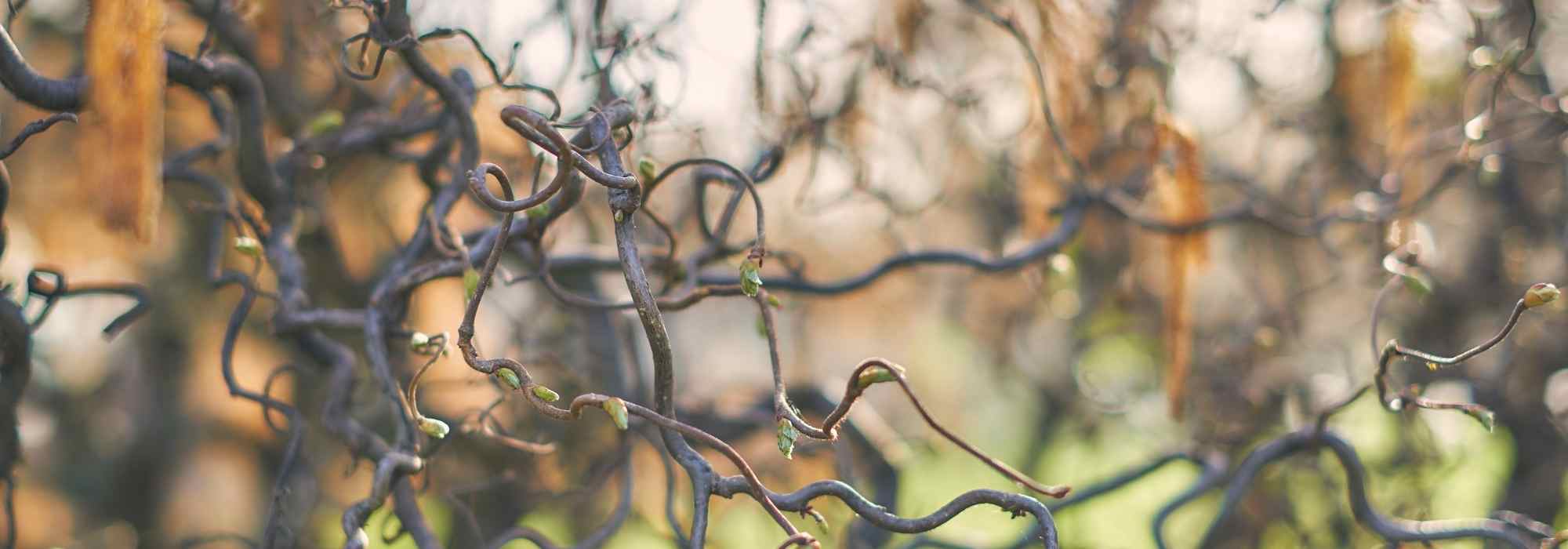
Twisted trees and shrubs
Our selection of distinctive plants for your garden
Contents
Tortuous trees are extremely original and decorative trees thanks to their undulating and sinuous branches. They take on an even more graphic dimension when, stripped of their leaves in winter, they become magnificent tree sculptures. Tortuous trees are often referred to by the Latin names “tortuosa” or “contorta“. They are easily recognisable by their undulating appearance, their light branches twisting curiously, unlike the branches of so-called conventional trees. This characteristic is most often a horticultural achievement, which gives these trees and bushes a reduced size and a more compact development.
Among these trees with twisted, sometimes tormented shapes, many small contorted willows and hazels can be found, as well as other surprising trees or bushes in this botanical form, such as beech, larch or lemon tree. Let’s take a brief overview of these collection specimens with a selection of the most appealing varieties!
Corylus avellana 'Contorta': contorted hazel
Hazel is one of the emblematic species among twisted trees. There are several varieties, including Corylus avellana ‘Contorta’. Highly striking and used in floral art, it shows its true character in a garden when planted ideally as a specimen, which highlights its erect habit and its twisted, corkscrew-shaped branches. Remaining modest in size, about 2.50 m tall, this small tree fits in almost any garden, and on a terrace in a large pot. Like all hazels, it is very hardy, thrives in sun or partial shade, on any type of soil provided it remains well drained. Its flowering appears in February in the form of pendulous aments, of very pale yellow. This flowering is also part of its charm, lasting on the small tree for several weeks. As for its leaves, they turn a particularly luminous golden yellow in autumn.
There is a purple form, Corylus avellana ‘Red Majestic’, very attractive with its leaves, its aments and… its hazelnuts coloured purple. Also small, reaching 2 m at ripeness in all directions, it is perfect for planting in a pot. You can also fall for the dwarf variety ‘Scooter’, perfect for a striking container on a terrace!
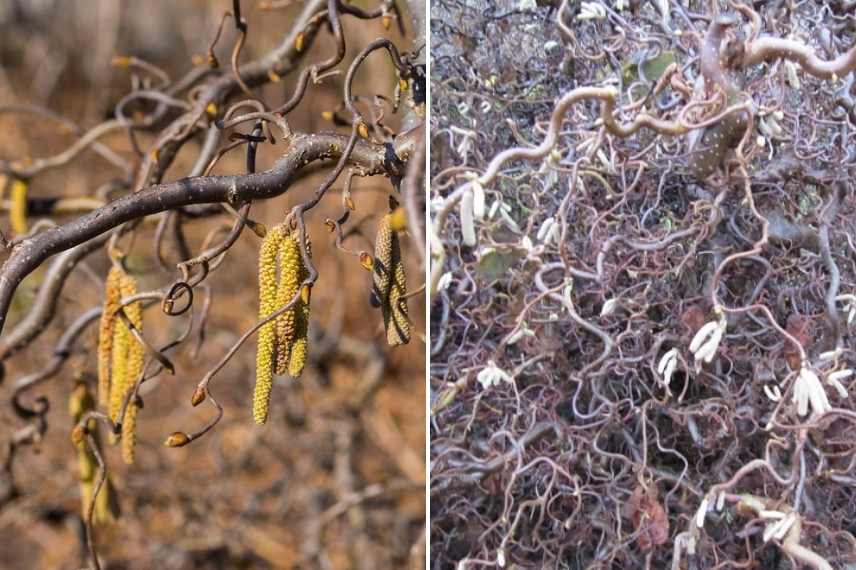
Corylus avellana contorta (photos: FD Richards and L. Enking)
→ Discover our advice sheet on hazel
Salix babylonica 'Tortuosa' : twisted Peking willow
Peking willow Peking willow, also named Salix matsudana, is a large, rare and majestic tree. Occupying large gardens with its size (minimum 10 m tall at maturity), its silhouette evokes both a weeping willow (hence the name babylonica) and a twisted willow. Foliage is a soft olive green, aments bloom in March, yellow-green in colour. Ideally planted in cool, even damp soil, and as a specimen. Grows quickly.
Salix erythroflexuosa is a variety resulting from a cross-breeding between the tortuous Peking willow and Salix chrysocoma: it differs by much smaller dimensions (4 m high by 2 m wide), and by its spiralled reddish-orange branches, of great beauty. This small elegant tree is enchanting; its narrow deciduous leaves bright green and bluish beneath are also slightly twisted.
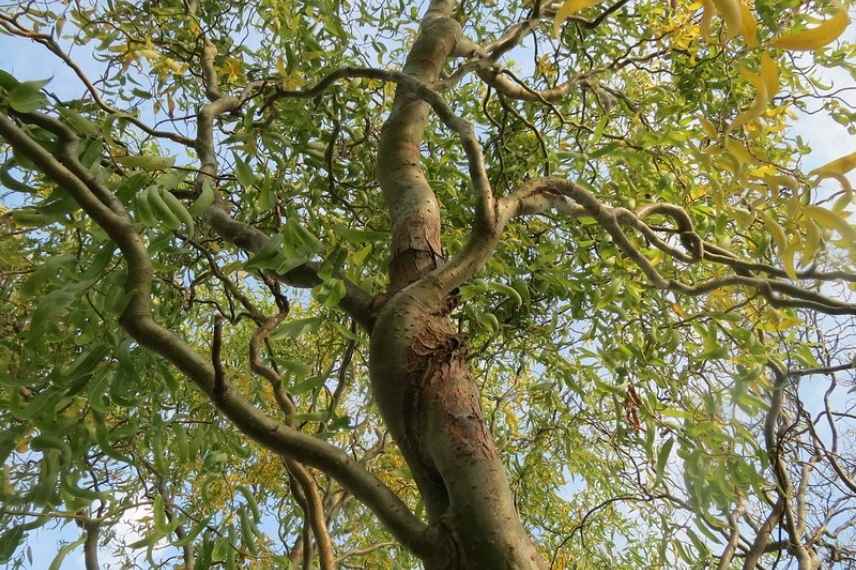
Salix matsudana Tortuosa (photo: Andreas Rockstein)
→ Discover our complete factsheet on Willows
Discover other Twisted trees and shrubs
View all →Available in 1 sizes
Available in 1 sizes
Available in 2 sizes
Available in 1 sizes
Available in 3 sizes
Available in 1 sizes
Available in 2 sizes
Available in 1 sizes
Available in 1 sizes
Available in 1 sizes
Prunus incisa 'Kojo No Mai': twisted plum
Here is a delightful dwarf plum tree that will charm you as soon as you get to know it! Rare among Prunus, ‘Kojo No Mai’ has charming twisted branches, and, as it should, is covered in pale pink flowers in spring. With rounded habit, very compact size – 2.50 m high at ripeness, it is the elegant tree for small gardens. In winter, its branches are utterly poetic when they are dusted with frost. In autumn, its spectacular foliage turning scarlet-red will surprise you once more. In company of Iris, Ophiopogons and Pinus mugo, it is utterly magical and fits perfectly into a Japanese garden setting. You can, of course, use it as a standalone ornamental specimen in a planter or pot. Ultra hardy, it can be planted throughout France.
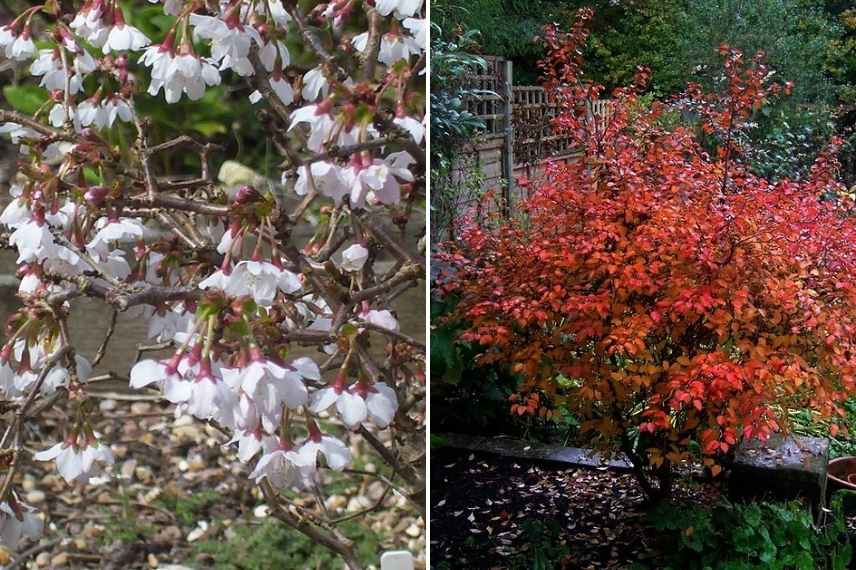
Prunus incisa ‘Kojo No Mai’ : flowers and foliage in autumn (photos: Peganum)
Larix kaempferi ‘Diana’: contorted Japanese larch
A conifer stands out in this selection, and yet, it is one of the most striking in its contorted habit and its graphic silhouette in midwinter. The Twisted Japanese Larch ‘Diana’ is native to Honshu where it grows up to 3,000 m altitude. It has acclimatised well here and offers its sinuate branches so well showcased when this larch sheds its needles, which are also oddly twisted. Medium-sized, it reaches about 5 m in height, this twisted larch has great presence with its soft bluish-green foliage, which turns golden yellow in autumn, as all larches do. It is therefore a tree of character, and we recommend planting it as a specimen to showcase its pyramidal habit and striking presence. Plant in fresh soil, in a sunny position. It has its place in a contemporary garden, and of course in an alpine garden.
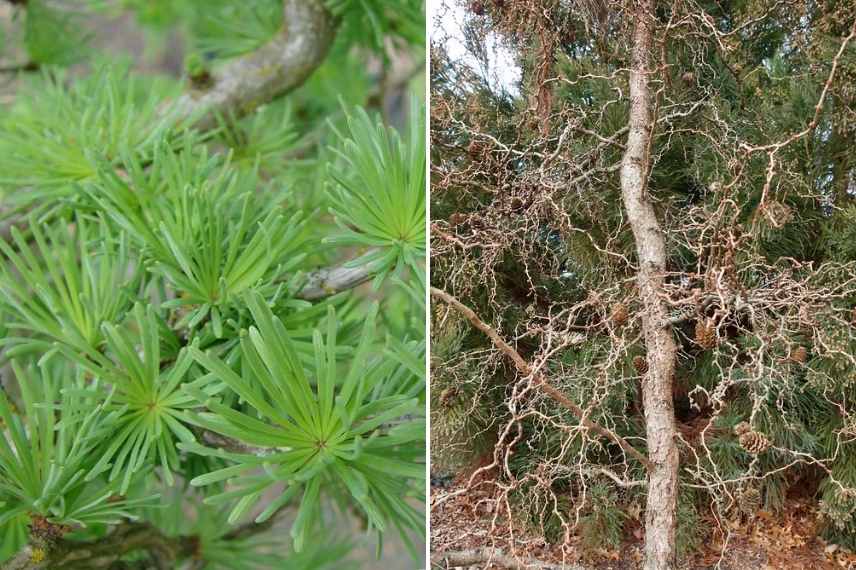
Larix kaempferi ‘Diana’ (photos: Mark Bollin and FD Richards)
→ Discover our full fact sheet on the Larch
Robinia pseudoacacia 'Twisty Baby': twisted false acacia
Among particularly original undulating silhouettes, Robinia pseudoacacia ‘Twisty Baby’ is certainly not the last! Its twisted branches give it an almost magnificent weeping habit, its very pretty compound leaves of around ten leaflets are curved, its single or multiple trunk is enigmatically twisted… everything about it is ultimately atypical. Even absence of thorns normally present on branches of black locusts. It truly belongs to small collection trees for anyone wishing to own a rare plant in their outdoor space.
This superb deciduous tree, usually reserved for large spaces because of its size (the species Robinia pseudoacacia can reach 20 m in height), makes it possible to have one in a modest garden, since this cultivar will reach at most 4 m high with a spread of 2 to 3 m. Its growth is faster than the species, but it is nevertheless suited to container culture where it grows more slowly. Finally, note that this very original specimen flowers very gracefully in June, with cream, melliferous clusters, and that its bright green spring foliage will develop into beautiful yellow tones in autumn. Plant in free-draining, light soil, in sun or partial shade, sheltered from winds, ideally as a specimen, or in a mixed border accompanied by low perennials to showcase its trunk.
→ Discover our full fact sheet on Black locust
Poncirus trifoliata: Thorny lemon tree
Here is a bush that also presents itself as a small twisted botanical rarity. Poncirus trifoliata, also encountered under names Poncire trifolié or spiny lemon, is a remarkable citrus tree in more ways than one: its olive-green branches are rigid, naturally twisted to perfection, and bear large thorns along their length. It forms a spreading silhouette, almost as wide as tall, often reaching 2 to 3 m. Unlike other citrus trees, it sheds its small trifoliate leaves at the end of autumn in cool climates, allowing its incredible, almost aesthetic and highly graphic appearance to be admired all winter long. From March–April it is covered with a cloud of delightful small white flowers, resembling those of Mexican orange trees, exhaling a light scent. Its round fruits, about the size of a golf ball, appear shortly after and add to its appeal, although not edible, as they persist on the bush until winter approaches. Its leaves turn a very beautiful orange-yellow colour in autumn.
Native to northern China and Japan, it has exceptional hardiness for a citrus tree, down to -20°C once established. It is also used as a rootstock for many citrus varieties, thanks to its resistance to cold and to disease. It still needs a very sunny position to grow well, whether in a large pot or planted on its own, in a contemporary or even cottage-style garden.
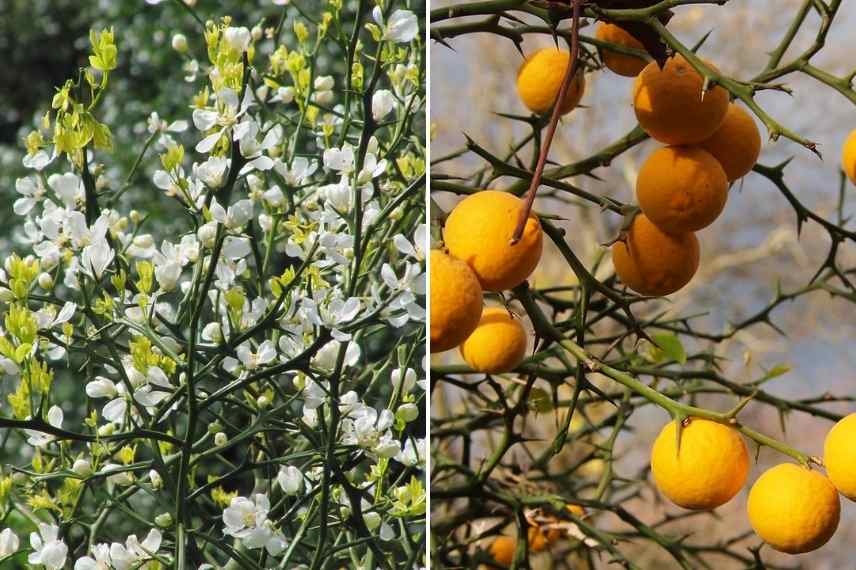
Poncirus trifoliata : flowers (photo: L. Enking) and fruits
The magic of the 'Faux de Verzy'
If you’re lucky enough to stroll in Champagne not far from Reims in France, take a trip to Verzy forest, famous for its « Faux de Verzy », another name given to the remarkable centenary twisted beeches that grow there. Winter is the best season to admire their otherworldly silhouettes, and autumn when they take on sublime coppery colours. It’s a plunge into the heart of this regional nature park you won’t regret: the strange shapes of the roughly one thousand twisted beeches (Fagus sylvatica ‘Tortuosa’) immerse you in a world steeped in magic. Some Faux de Verzy are said to have been there since the 17th century, populating the forest with twisted forms, creating remarkable vaults and shadows. It is not yet clear what precisely explains the particularly twisted branches of Verzy’s beeches: genetic mutation of the beech? Maybe — botanists are still investigating the matter. What is observed is that with global warming, they are gradually straightening… and that’s a pity, especially since they are, due to their twisted aspect, much less tall than typical beeches.
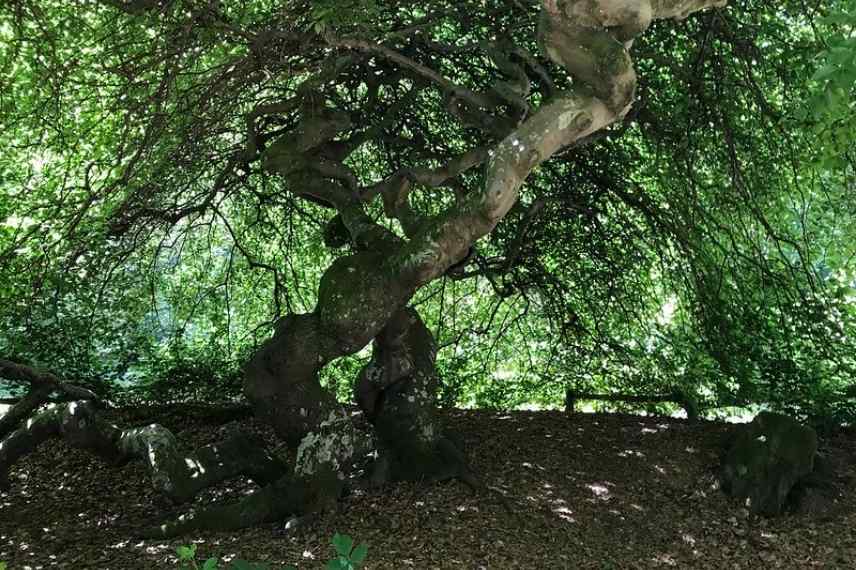
Faux de Verzy, July (photo: G. Ravik)
- Subscribe!
- Contents
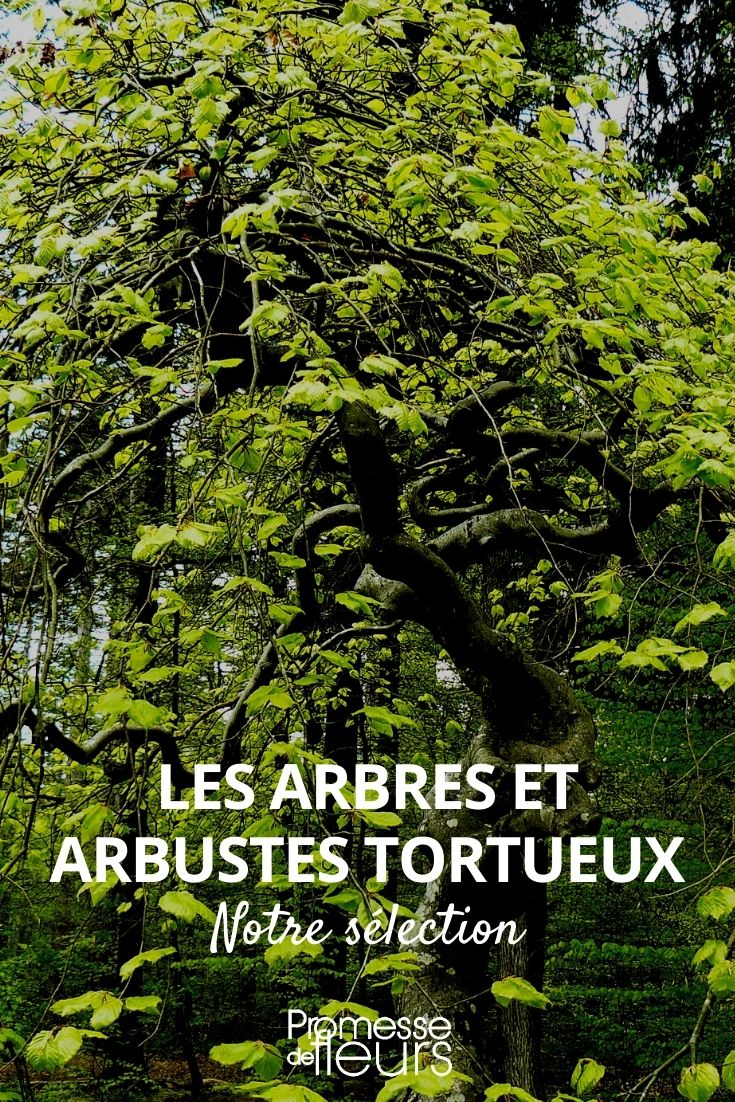































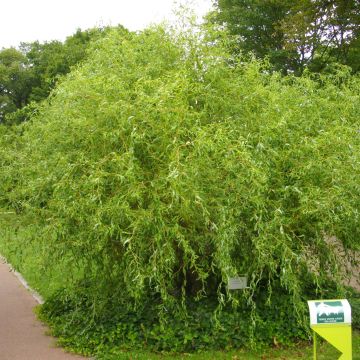
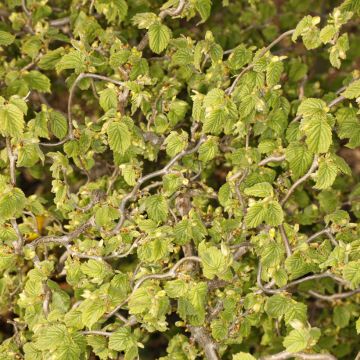
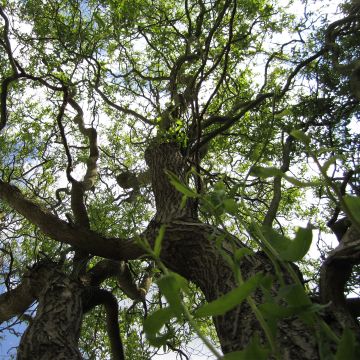
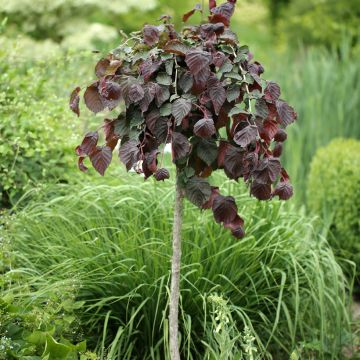
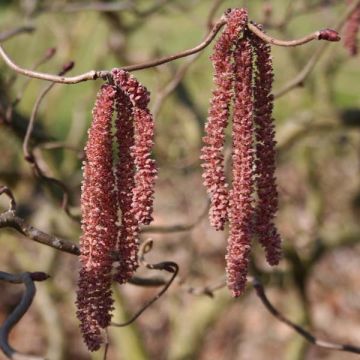
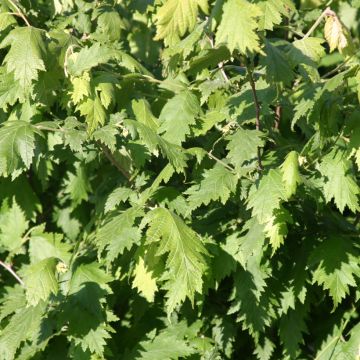
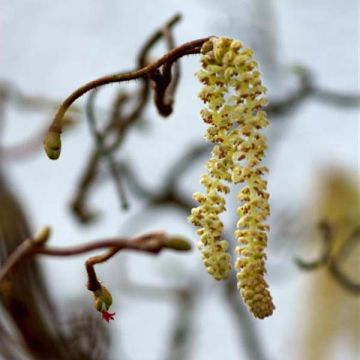
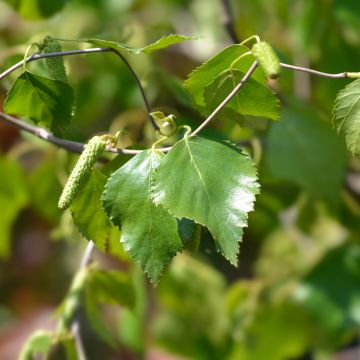
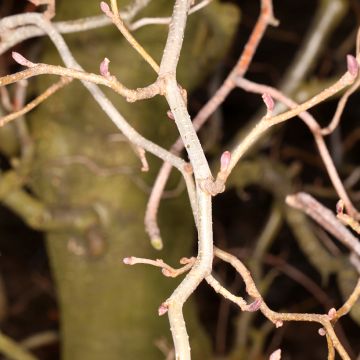
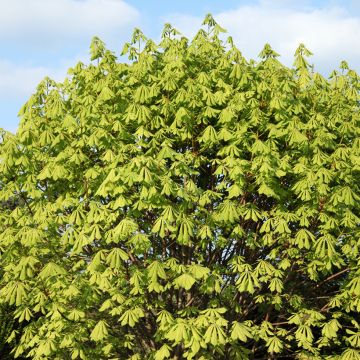
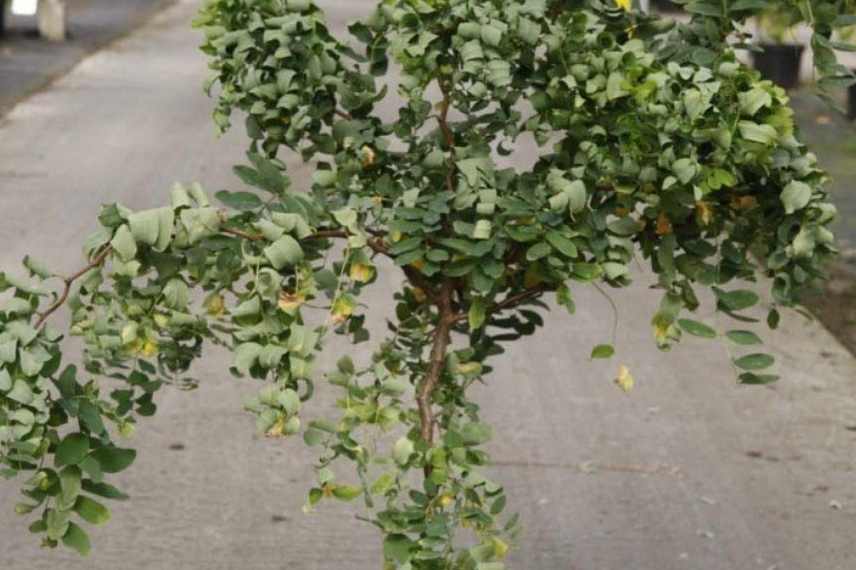
Comments